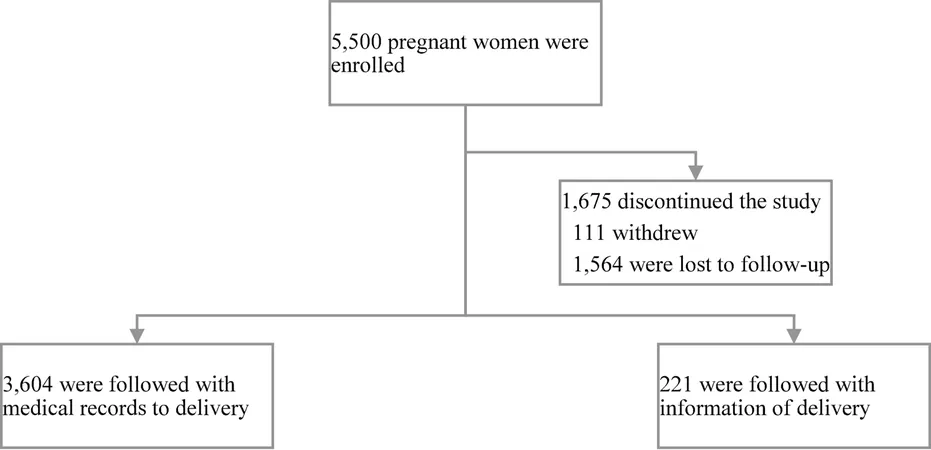
Cracking the Code: What Causes Premature Rupture of Membranes in Pregnancy?
2025-05-30
Author: Nur
Understanding Premature Rupture of Membranes (PROM) and Its Risks
Premature rupture of membranes (PROM) and its more severe form, preterm premature rupture of membranes (PPROM), are serious challenges in pregnancy that can have dramatic consequences for both mother and child. Rising concerns about the various risk factors have prompted a deeper investigation into the determinants of these conditions.
A Comprehensive Study of Pregnant Women
To explore these risk factors, researchers conducted a prospective cohort study involving 5,500 pregnant women from the Maternal and Child Health Hospital of Hubei Province. Participants underwent thorough data collection, which included demographic info, medical backgrounds, and lifestyle factors. The study aimed to isolate specific determinants contributing to PROM and PPROM using advanced statistical analyses.
Shocking Findings on Risk Factors
The study revealed an overall PROM incidence of 14.38%, with PPROM occurring in 2.04% of cases. Key risk factors emerged: for PROM, nulliparity (having no previous births) came with a staggering 2.16 times increased risk, while a higher education level was linked to a 19% increase. For PPROM, nulliparity was associated with a 2.39 times risk, alongside uterine fibroids and early pregnancy bleeding.
Distinct Risks for Nulliparous vs. Multiparous Women
Interestingly, the risk factors varied between nulliparous (first-time mothers) and multiparous (those with previous births) women. Alarmingly, nulliparous women with uterine fibroids faced heightened risks for PPROM. In contrast, regular exercise was identified as a protective factor for nulliparous women, yet, counterintuitively, it increased risk among multiparous women.
Implications for Future Research and Care
These findings stress that parity should be factored into future investigations and risk assessments concerning PROM and PPROM. Despite existing knowledge about various risk factors, much remains unknown, as many affected women show no identifiable determinants. With rates of PROM climbing, the need for effective intervention strategies is urgent.
A Call for Personalized Antenatal Care
This study exemplifies the urgent need for personalized antenatal care protocols that consider individual risk profiles. For instance, nulliparous women with uterine fibroids may require targeted monitoring during the third trimester, while multiparous women's activity levels should be adjusted based on their unique histories. As we move forward, a greater emphasis on precision medicine could pave the way for improved maternal and neonatal outcomes.
Conclusion: Continued Investigation is Key
While the findings offer critical insights, the research highlights the necessity for ongoing investigation. There’s a loud call for studies that use biological mediators and objective measures of lifestyle factors like stress and physical activity. Ultimately, enhancing understanding of PROM and PPROM is essential for crafting effective preventive measures and clinical guidelines.


 Brasil (PT)
Brasil (PT)
 Canada (EN)
Canada (EN)
 Chile (ES)
Chile (ES)
 Česko (CS)
Česko (CS)
 대한민국 (KO)
대한민국 (KO)
 España (ES)
España (ES)
 France (FR)
France (FR)
 Hong Kong (EN)
Hong Kong (EN)
 Italia (IT)
Italia (IT)
 日本 (JA)
日本 (JA)
 Magyarország (HU)
Magyarország (HU)
 Norge (NO)
Norge (NO)
 Polska (PL)
Polska (PL)
 Schweiz (DE)
Schweiz (DE)
 Singapore (EN)
Singapore (EN)
 Sverige (SV)
Sverige (SV)
 Suomi (FI)
Suomi (FI)
 Türkiye (TR)
Türkiye (TR)
 الإمارات العربية المتحدة (AR)
الإمارات العربية المتحدة (AR)